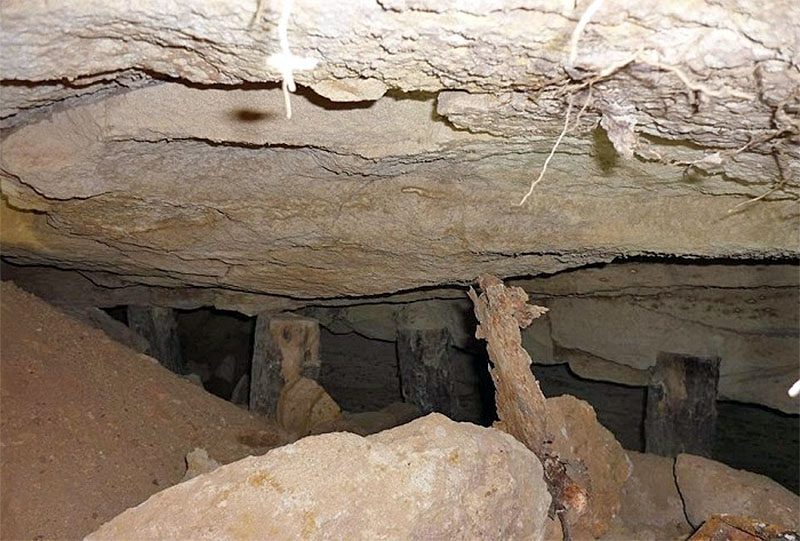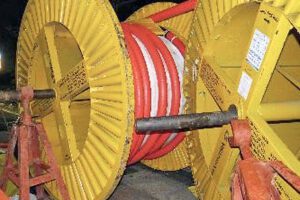The industry is being encouraged to seal mine shafts before they become a potential hazard.
The Queensland Department of Natural Resources and Mines (DNRM) recently asked mining companies to ensure the shafts and boreholes are sealed at an acceptable level of risk, and within acceptable limits.
“A comprehensive risk assessment must be undertaken considering all potential hazards in these operations,” DNRM chief inspector of coal mines Russell Albury says.
“Such a risk assessment will require that relevant technical personnel and other persons experienced in all aspects of shaft filling operations are included in the relevant workforce cross section involved in the assessment. Regularly review associated risk assessments before commencing any shaft filling operations, noting the lessons from previous shaft filling incidents, including explosions, throughout coal mining history.”
The message comes after a decommissioned 1.5-metre diameter intake cooling shaft was filled-in before the associated underground coal mine longwall operation had retreated past it.
The bottom of the cooling shaft was in a purpose-driven stub, midway between the travel and belt roads. The stub was sealed using a 2psi stopping to contain intake pollution (dust) from passing to the longwall.
The infill began with tipping sand through a grill at the surface, using a 3.4 cubic metre loader bucket, allowing it to free-fall 321m to the bottom of the shaft. After the sixth bucket full the stopping at the shaft bottom blew-out with some force and a plug of methane then travelled via the travel road to the longwall.
DNRM blames an accumulation of methane occurring in the short time after closing the seal hatch and while the filling operations had taken place, saying the shaft was only partly lined with shotcrete and there were several seam intersections through its length.
“The methane plug peaked at 1.21 per cent in the travel road and by iteration it has been estimated that the methane concentration in the sealed stub at the time of failure was approximately 4.9 per cent. The risk assessment did not identify the hazard of an air blast/overpressure and methane accumulation,” Albury says.
DNRM encourages all mining companies to place this announcement on noticeboards and ensure all relevant people in your organisation receive a copy: dnrm.qld.gov.au/mining/safety-and-health/alerts-bulletins-search/alerts-bulletins/mines-safety/shaft-filling-incident#














Add Comment